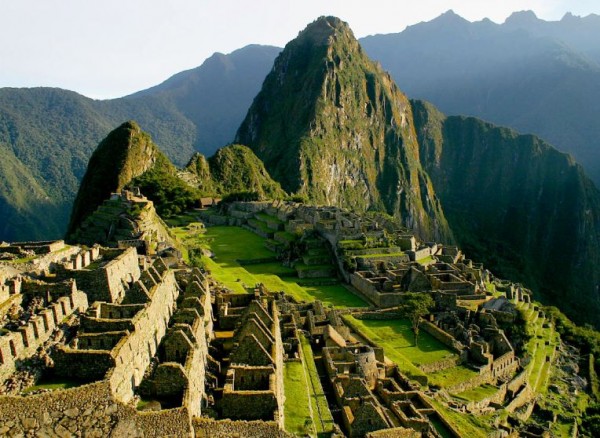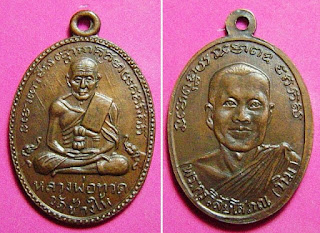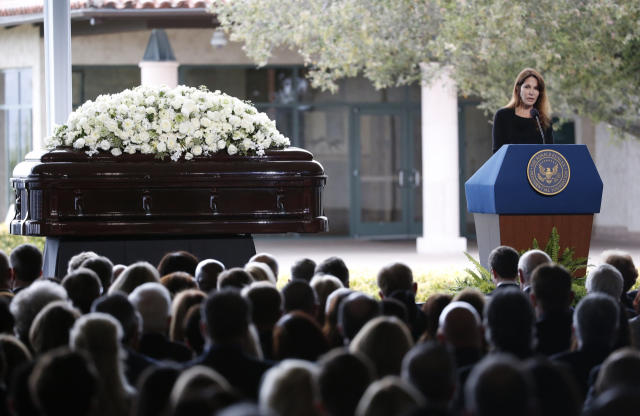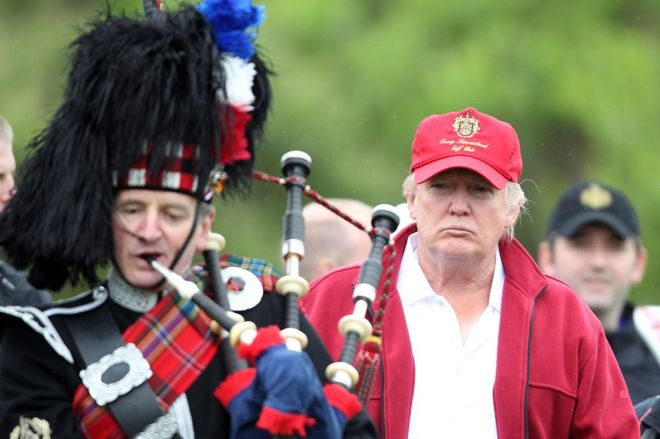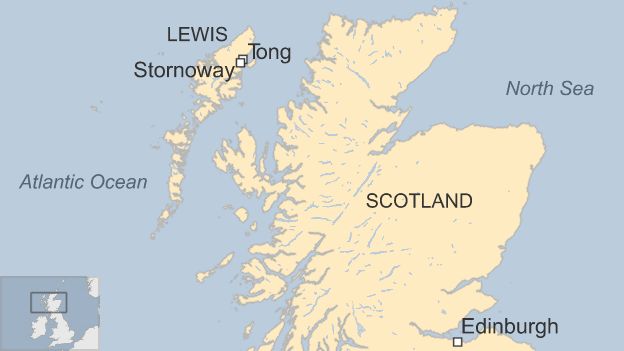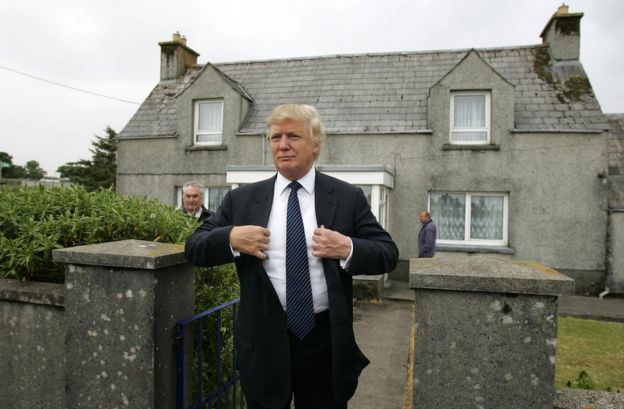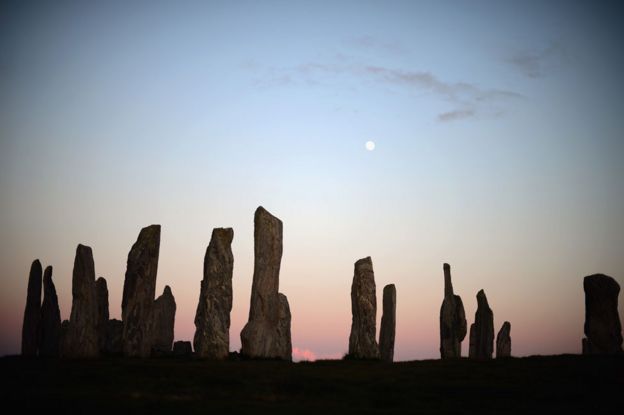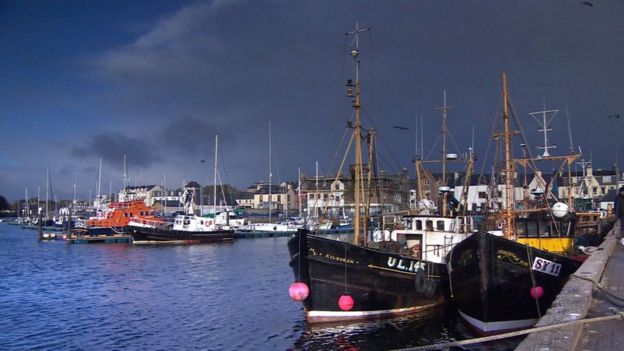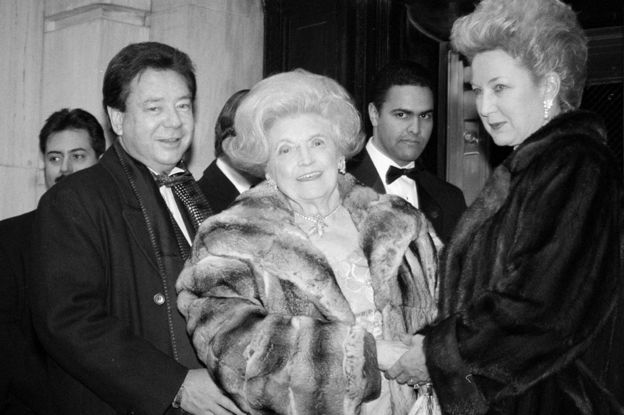Su Su Lwin: Not ‘The’ Lady, but Rather Burma’s
Next ‘First’ Lady

Su Su Lwin seen at the Union
Parliament on Friday. (Photo : Myo Min Soe / The Irrawaddy)
RANGOON — The world knows Burma
for its Noble laureate, Aung San Suu Kyi. “The Lady” is a prominent political
figure and leader of the pro-democracy movement who spent years under house
arrest. But the people of Burma have a new lady in the spotlight now, the
country’s incoming first lady, Su Su Lwin.
But who is Su Su Lwin?
Before her husband, Htin Kyaw,
became Burma’s president-elect, people knew Su Su Lwin as the chairwoman of the
Lower House’s International Relations Committee and head of the education
committee in Suu Kyi’s National League for Democracy (NLD). She helped drafted
the controversial National Education Bill, which in 2015 resulted in nationwide
student protests. But her relationship with Suu Kyi and the NLD goes much
deeper than that.
Even though the 63-year-old
former educator wasn’t a party member when the NLD was founded in the late
1980s, she was no stranger to the party. Her late father U Lwin was a former
colonel in the Burma Army and a leading figure in the NLD, which he helped found
and later served as party treasurer. As U Lwin’s daughter, she witnessed the
birth of the NLD.
At that time, Su Su Lwin had a
post-graduate diploma from Sydney University, a master’s degree in English from
the Rangoon Institute of Education and had worked for over 10 years at Burma’s
education research bureau.
Suu Kyi took notice of Su Su
Lwin’s education background and asked her to teach English to NLD youth members
at her home, after all schools and universities across the country were closed
following the 1988 pro-democracy uprising.
According to Zaw Aung, an
independent social researcher who was then an NLD youth member and a student of
Su Su Lwin’s, there were about 20 students in the NLD English class. They were
all student activists who had been involved in the 1988 demonstrations and
later joined the NLD.
He remembers her as a “great
teacher” who was very passionate about education.

“Her teaching methods were
different from any others I had ever received in my life,” he told The
Irrawaddy on Wednesday.
For Zaw Aung, Su Su Lwin’s
student-centered approach was a new experience. The classroom was fun and
interesting because Su Su Lwin was always friendly, lively and patient with the
students, he said. She taught them not only language skills, but also used English
novels and short stories to teach them critical thinking.
But after less than six months,
the class had to stop when Suu Kyi was put under house arrest in July 1989. Su
Su Lwin told her students to come to her home instead if they still wanted to learn
from her. But former student Zaw Aung was also imprisoned and spent 10 years in
jail.
Su Su Lwin’s commitment to
education was noticeable to everyone around her. Suu Kyi’s former personal
assistant, Dr. Tin Mar Aung, echoed Zaw Aung’s opinion.
“She is always so eager to
share what she knows with others,” she said.
Su Su Lwin and Dr. Tin Mar Aung
worked together at Unicef for about a decade, where they became close friends.
She portrayed Su Su Lwin as a caretaker who treated everyone around her like
family. They each have an intimate relationship with Suu Kyi and sometimes
spent time together at Suu Kyi’s house talking about cooking and books, she
said.
Before getting involved in
politics, Su Su Lwin invested most of her time in the education sector. She
worked for Unicef from 1990 to 2005 and later served as a freelance consultant
for monastic education programs.
She founded a local non-profit
organization called Hantha Educators in 2006 that partnered with local
influential monks and focused on improving traditional monastic education,
early childhood care and development programs. She was concerned about the lack
of education opportunities for the poor, especially in Sagaing Division and
Arakan State, and the failure of many development programs to reach those most
in need. Her organization stressed the importance of child-centered teaching
and critical thinking.
Her former student, Zaw Aung,
crossed paths with her again after his release from prison, when they both
worked at Unicef and then at Hantha Educators. Zaw Aung remembers her being a
vegetarian and her tendency to bring vegetarian meals to her office for
colleagues.
“She knows how to cook
vegetables deliciously,” he said.
Zaw Aung said she was kind and
modest, despite growing up in an elite family, with a father who served as a
minister during Gen. Ne Win’s socialist regime.
“[Su Su Lwin and Htin Kyaw]
supported Daw Aung San Suu Kyi closely, in their own different ways,” he said.
“And in every possible way.”
“They were two of Daw Aung San
Suu Kyi’s most trusted confidantes.”
She married Htin Kyaw in 1973
when she was 21-years-old. According to a 2007 interview with Htin Kyaw in
local art magazine “Padauk Pwint Thint,” Su Su Lwin was even more familiar with
Htin Kyaw’s father, the prominent Burmese poet Min Thu Wun, because she had
translated some of his poems into English.
Despite her close relationship
with Suu Kyi, she told The Irrawaddy that she officially became a NLD party
member just before the 2012 by-election, when she won a seat along with dozens
of fellow party loyalists. She dived into Burmese politics before her husband,
and has represented Rangoon’s Thone Kwa constituency in Parliament ever since
her 2012 victory, winning re-election to the seat last year.
While working for Unicef, she was
not supposed to show any political affiliation, so she avoided being in the
public eye. But as the daughter of U Lwin, she witnessed every change and
development of the NLD, Zaw Aung said.
“It’s remarkable that not only
the president-elect, but also the first lady, played historic roles in
assisting Daw Aung San Suu Kyi,” he added. He believes that Su Su Lwin can be
more than a first lady.
Given her proven independent
streak, passion for worthy causes and dedication to country, Burma’s next first
lady promises to be a trailblazer in her own right, breaking a mold set by
recent predecessors at a time of countless firsts in a democratic transition
that continues to unfold.
Additional reporting by Kyaw
Phyo Tha and Sandy Barron.
